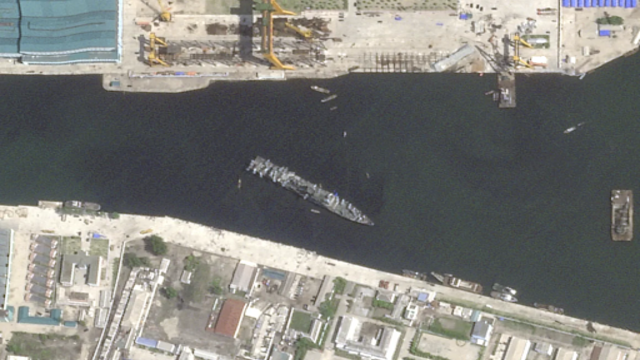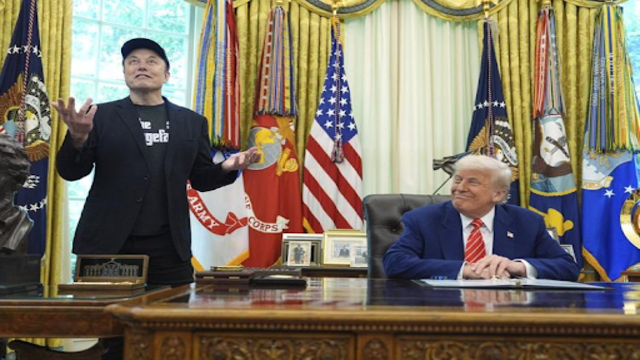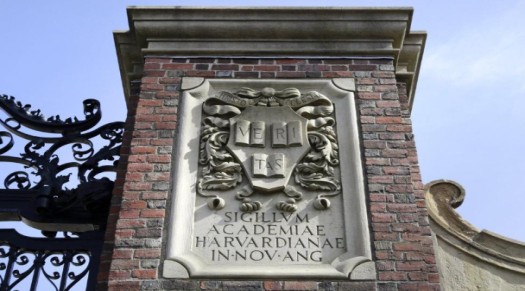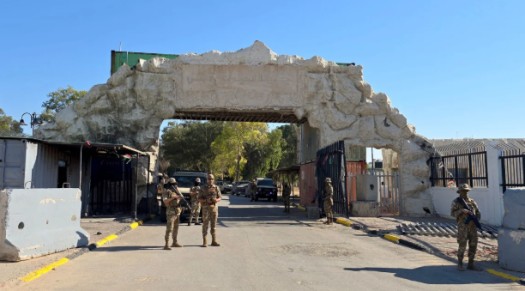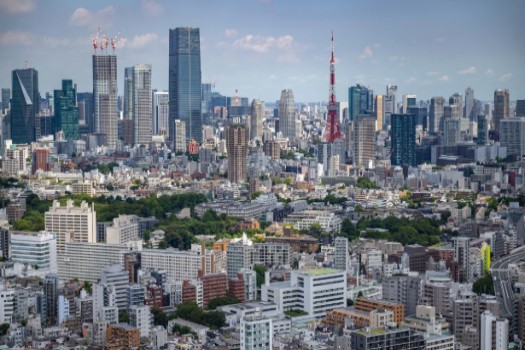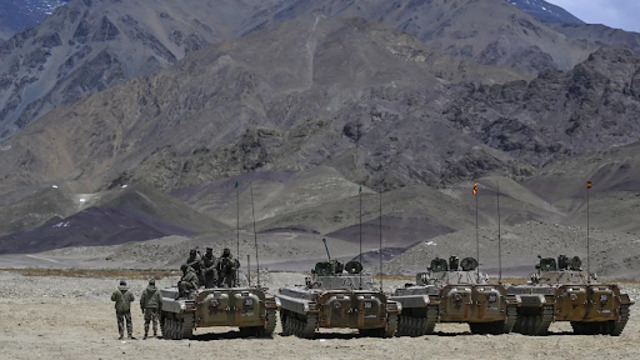
Source: CNN World
China and India have taken a significant step towards resolving their long-standing border issues, resuming high-level talks for the first time in five years. On Wednesday, Chinese Foreign Minister Wang Yi met with India’s National Security Adviser Ajit Doval in Beijing to discuss their disputed Himalayan border, marking their first formal dialogue since 2019.
This meeting comes on the heels of an agreement in October, where the two nations committed to military disengagement and patrol arrangements along contested border areas. The border, known as the Line of Actual Control (LAC), has been a source of tension between the nuclear-armed neighbors for decades, with the most severe clash in recent years occurring in 2020.
The 2020 Galwan Valley confrontation, a brutal hand-to-hand skirmish, resulted in the deaths of at least 20 Indian soldiers and four Chinese troops. This marked the first fatalities in their border conflict in over 40 years. Since then, tensions have simmered, with both countries maintaining a heavy military presence along the 2,100-mile border.
During the latest talks, both sides reaffirmed their commitment to finding a fair and acceptable solution to the border dispute. A statement from China’s Foreign Ministry emphasized the importance of maintaining peace and stability in the border regions to avoid harming broader bilateral relations. "Both sides agreed to continue taking measures to maintain peace and promote the healthy development of their relationship," the statement read.
India’s Foreign Ministry also issued a statement, highlighting the need for peaceful conditions to ensure the border conflict doesn’t hinder the overall relationship between the two countries. “Drawing on lessons from 2020, both parties discussed measures to enhance effective border management,” the statement noted.
In addition to addressing border issues, both nations agreed to strengthen cooperation in areas such as cross-border trade, river management, and cultural exchanges. A notable development is the resumption of trips by Indian pilgrims to Tibet and the reopening of trade at Nathula, a key mountain pass in the Indian state of Sikkim.
The October border agreement is viewed as a positive step in easing tensions. The agreement came shortly before Chinese President Xi Jinping and Indian Prime Minister Narendra Modi met at a BRICS summit in Russia, where they emphasized the need for long-term strategic perspectives on China-India relations.
During Wednesday’s meeting, Wang Yi described the resumption of talks as a “timely and powerful measure” to implement the consensus reached by their leaders. He expressed hope for steady progress in resolving disputes and strengthening ties.
The ongoing border dialogue reflects a broader effort by China to improve relations with neighboring countries, as it simultaneously mends ties with other global powers. However, challenges remain, as unresolved friction points along the border continue to test the fragile peace between the two nations.




